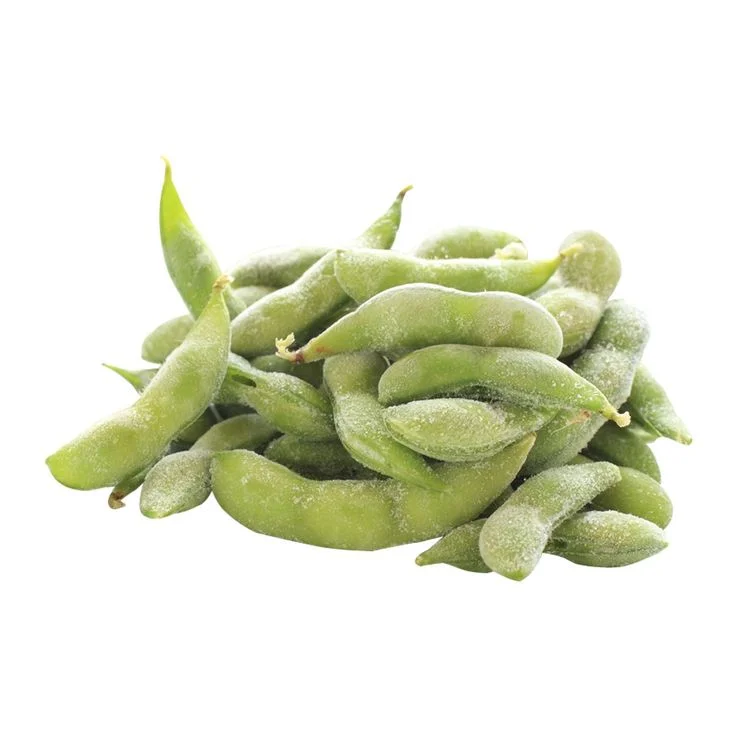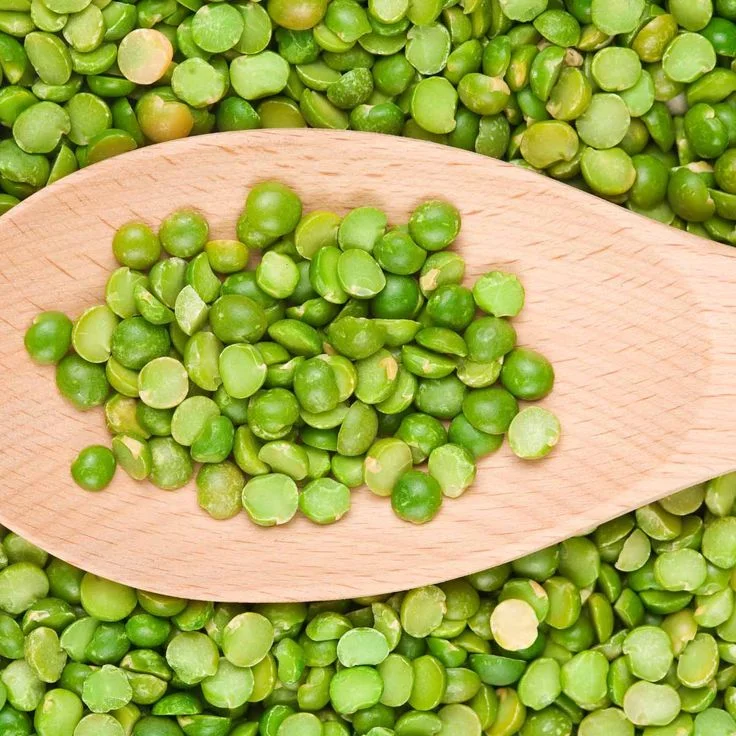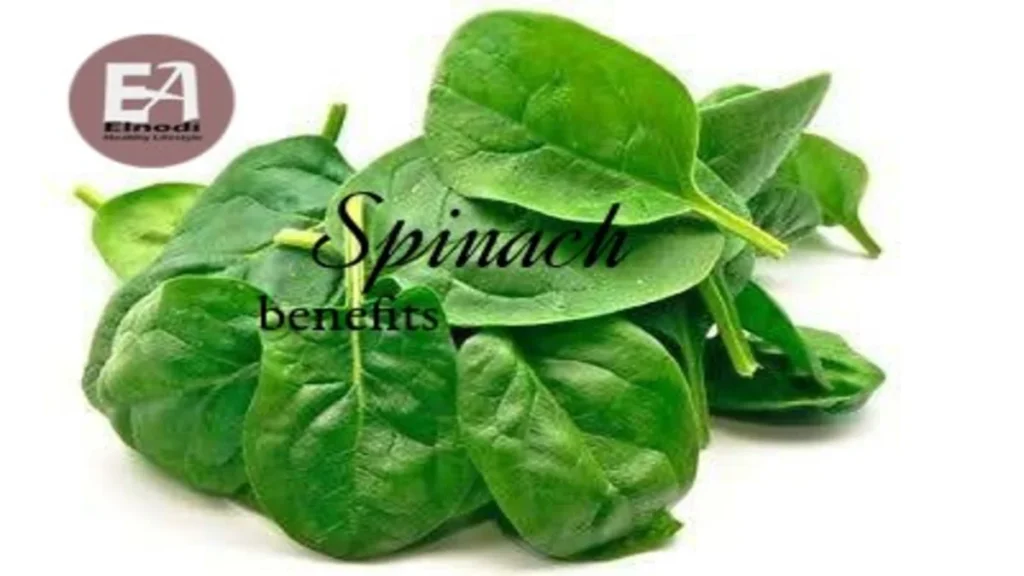Looking to add more protein to your diet? Check out this list of nutrient-dense high-protein vegetables that will help you meet your protein goals!
Protein is an essential macronutrient that helps build and repair tissues in the body. While meat and dairy products are often seen as the primary sources of protein, many vegetables are also high in this nutrient. By including high-protein vegetables in your diet, you can boost your protein intake and fuel your body with important vitamins and minerals.
High-Protein Vegetables
Including more high-protein veggies in your diet is not only a tasty method to increase your protein consumption, but it’s also a wise move for your general well-being. These veggies are a great option for vegetarians, vegans, and anybody trying to increase the variety of protein sources in their diet because they are high in protein and full of important vitamins and minerals. The protein content per 100 grams of a few common high-protein vegetables is shown in the table below:
| Vegetable | Protein Content (per 100g) |
|---|---|
| Edamame | 11 g |
| Lentils | 9 g |
| Chickpeas | 8 g |
| Black Beans | 8 g |
| Green Peas | 5 g |
| Spinach | 3 g |
| Broccoli | 2.8 g |
| Brussels Sprouts | 3.4 g |
| Asparagus | 2.2 g |
| Cauliflower | 1.9 g |
Details About High-Protein Vegetables:
1. Edamame

These immature soybeans offer a considerable amount of calcium, iron, and fiber in addition to their high protein content. You may eat them raw as a snack, add them to salads, or cook them with stir-fries.
2. Lentils

A versatile legume, lentils can be found in a variety of hues, including red, brown, and green. They are a great source of fiber, folate, and protein. You may use lentils in salads, soups, stews, and even plant-based burgers.
3. Chickpeas

Chickpeas, sometimes referred to as garbanzo beans, are a mainstay in many international cuisines. They are abundant in fiber, protein, and vital minerals including folate and iron. Chickpeas can be added to salads and curries, mashed into hummus, or roasted for a crispy snack.
4. Black Beans

Not only are black beans tasty, but they are also full of nutrients. They are abundant in fiber, protein, and antioxidants. To add more protein to soups, tacos, burritos, salads, and even brownies, try using black beans.
5. Green Peas

Green peas are surprisingly high in protein for such a little vegetable. They are also a good source of antioxidants, fiber, and vitamins A, C, and K. Green peas can be eaten as a side dish or incorporated into soups and pasta recipes.
6. Spinach

Rich in protein, vitamins, and minerals, spinach is a leafy green vegetable that is high in nutrients. It has especially high levels of folate, vitamin A, and K. For an added nutritious boost, spinach can be cooked and added to soups, stir-fries, and salads. It can also be used fresh in smoothies.
7. Broccoli

Broccoli is rich in protein, fiber, vitamins C and K, and low in calories. It is a fantastic supplement to any diet because it is also high in antioxidants. You may eat broccoli as a side dish, add it to salads and stir-fries, or steam, roast, or sauté it.
8. Brussels Sprouts

A cruciferous vegetable high in protein, fiber, and vitamins C and K is the Brussels sprout. They contain anti-inflammatory qualities and are high in antioxidants. Brussels sprouts are a versatile vegetable that can be eaten raw in salads or sautéed.
9. Asparagus

Asparagus is a vegetable abundant in nutrients, high in fiber, protein, and vitamins A, C, and K. Antioxidants and folate are also abundant in it. You may serve asparagus as a side dish or add it to salads, spaghetti, or omelets after steaming, grilling, or roasting it.
10. Cauliflower

A versatile vegetable, cauliflower is low in calories and abundant in fiber, protein, and vitamins C and K. In recipes like mashed cauliflower or cauliflower rice, it can be used in place of grains and is also a strong source of antioxidants. It can also be added to soups and salads or eaten as a side dish after roasting, steaming, or sautéing.
FAQs
How much protein do I need a day?
Can vegetables replace meat protein?
How do vegans get protein?
Which vegetables have the lowest protein?
How can a vegetarian get 60 grams of protein a day?
Summary
For your protein needs, you may not usually turn to veggies unless you’re already focused on a plant-based diet. However, a few vegetables high in protein will boost your overall protein intake. To ensure that you are getting all the nutrients your body requires, including the different amino acids, it is better to consume a variety of veggies. To keep meals tasty and interesting, experiment with different recipes that highlight vegetables.
References
- https://www.ncbi.nlm.nih.gov/pmc/articles/PMC5748767/ (High-protein vegetables)
- https://www.ncbi.nlm.nih.gov/pmc/articles/PMC3905294/ (High-protein vegetables)
- https://www.webmd.com/fitness-exercise/good-protein-sources (High-protein vegetables)
- USDA. (2019, April 1). Edamame, Frozen, Prepared. FoodData Central. Retrieved April 20, 2023, from https://fdc.nal.usda.gov/fdc-app.html#/food-details/168411/nutrients
- USDA. (2019, April 1). Milk, Low-Fat, 1% Milkfat. FoodData Central. Retrieved April 20, 2023, from https://fdc.nal.usda.gov/fdc-app.html#/food-details/170873/nutrients





